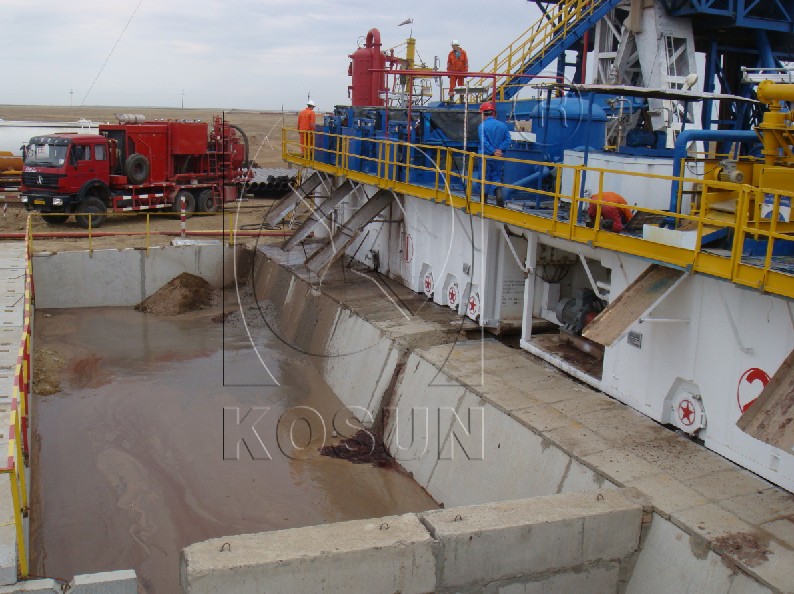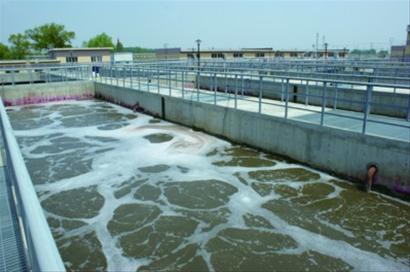The performance and quality of drilling fluid solid control equipment are crucial for solid control technology. The drilling fluid solid control system mainly consists of drilling fluid circulation tanks, drilling fluid purification and treatment equipment, and electrical control equipment. The drilling fluid purification and treatment equipment mainly includes shale shakers, desanders, desilters, degassers, centrifuges, sand pumps, agitators, and mixers. For environmentally sensitive areas, drilling cuttings recycling and waste liquid treatment devices can also be configured.
Development trends of drilling fluid solid control equipment:
Currently, there is a focus on developing compact, high-efficiency, and long-lasting equipment such as desanders, desilters, and degassers. Integration with high-speed centrifuges is also being pursued to achieve automatic detection and control of solid control systems based on test results.
Status of drilling fluid solid control equipment overseas:
Solid control equipment overseas has good performance, stable operation, and long lifespan. It has achieved standardization, serialization, and specialization of equipment types. The solid control equipment level overseas is represented by companies such as BRANDT, SWACO, and DERRICK in the United States, which are at the forefront in terms of quality and performance. Foreign countries pay special attention to optimizing the configuration of solid control system equipment and evaluating the efficiency of the entire solid control system. They have developed expert systems for drilling fluid solid control.
The solid control system of the American Petroleum Tools Company consists of four shale shakers and two dryers (dry vibrating screens). The four shale shakers and one dryer are connected in parallel. The drilling fluid returned from the well is divided and sent to the four shale shakers and one dryer for processing. The separated solid particles are further dehydrated by another dryer. The recovered liquid is discharged, and the dried particles are discharged.
The dryer is actually a high-intensity fine-mesh shale shaker with a 10° inclined screen frame to reduce liquid loss. The screens used in the four shale shakers are three-dimensional fine-mesh wave-shaped screens, not traditional flat linear screens. The three-dimensional structure allows gravity to force incoming solids downward into the crevice and leave the raised area, separating solids from the upper part of each fold. This increases the amount of fluid passing through without submerging the raised part, while the raised part enhances fluid flow. Two layers of fine screens are attached to one layer of coarse screen, and the three layers of screens are bonded together in a corrugated shape, and then glued to the perforated plate. The combined waveform screen area is approximately 40% larger than that of a regular flat screen, with fineness approximately 2-3 times larger than that of a flat screen. It has a 70% increased fluid handling capacity and is less prone to blockage, providing excellent processing effects.
Development of domestic drilling fluid solid control equipment:
In recent years, there has been significant progress in the theoretical research and manufacturing process of domestic drilling fluid solid control equipment, especially in theoretical research on the working principles of vibrating screens and cyclones, which have reached or approached the world’s advanced level. However, there is still a gap between domestic solid control equipment and foreign equipment in terms of performance and lifespan, mainly due to the quality of materials, processing technology, processing accuracy, and the quality of commonly used equipment such as motors. High-pressure (withstanding 80MPa) and high-displacement (30L/s) solid control equipment are not yet available domestically. There are fewer types of shale shakers domestically, and efforts need to be made to accelerate the development of dry fine-mesh vibrating screens, track-mounted non-vibrating screen analysis equipment, environmentally friendly dedicated solid control equipment for offshore drilling, and versatile solid control supporting systems suitable for various working conditions to enrich the types of solid control equipment in China.
Tag: drilling fluid solid control equipment
KOSUN- China Solids Control Leader&Drilling Waste Management Expert
Email: sales2@adkosun.com
WhatsApp/Wechat:+86 13379250593
Contact person: Monica Li
Online consulting:
http://www.kosun.com
http://www.kosuneco.com







